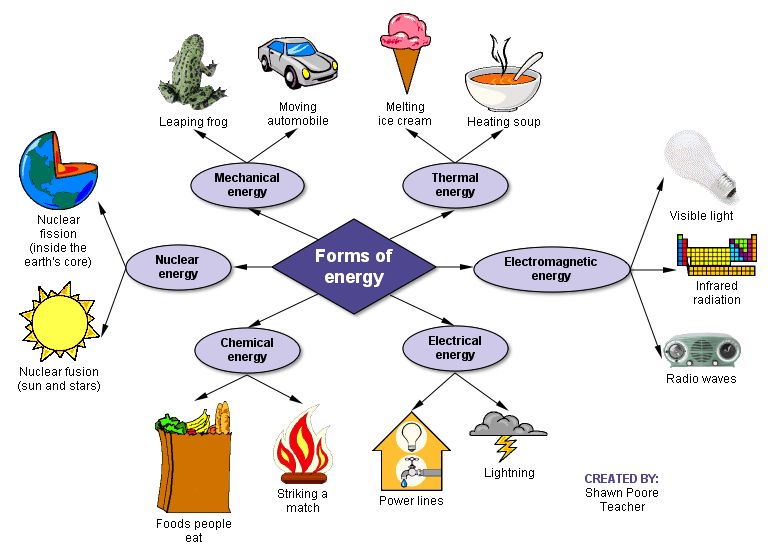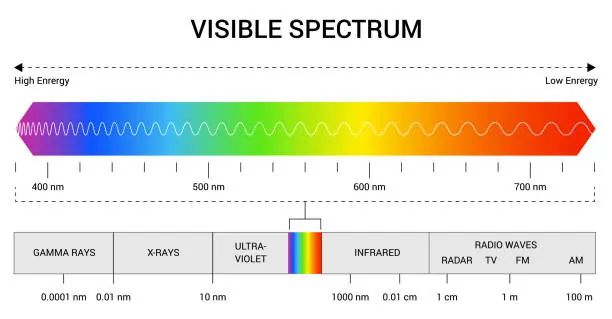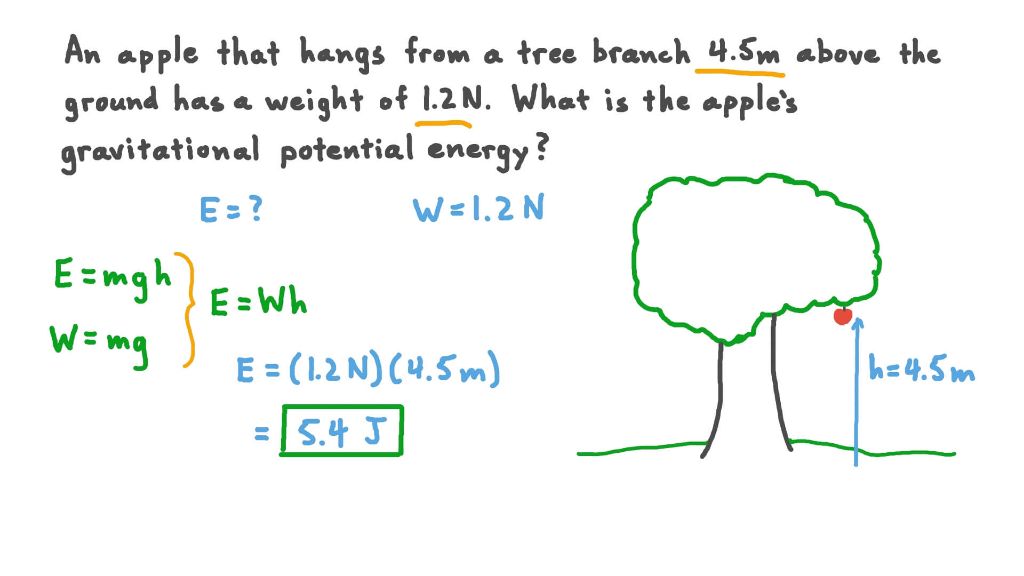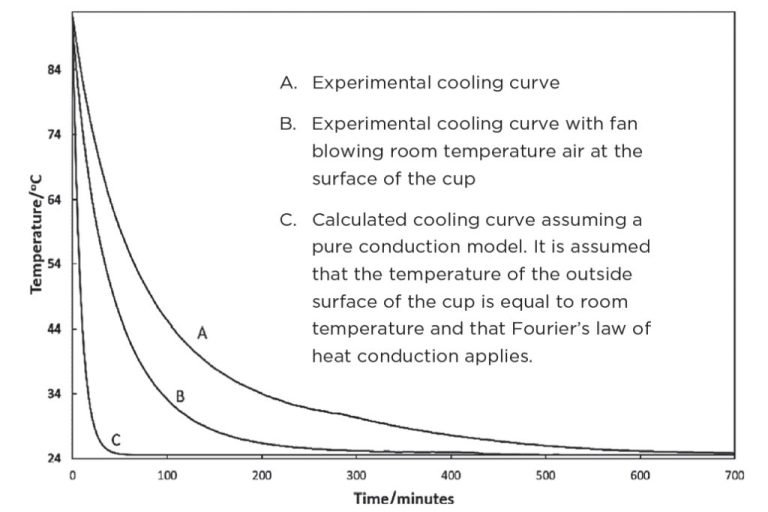Are Heat Light And Sound All Evidence Of Energy?
Energy is the ability to do work or produce heat. It exists in many different forms that can be converted from one form to another. The most common forms of energy include heat, light, and sound.
Heat energy is the vibration and movement of atoms and molecules in substances. As an object gets hotter, its atoms and molecules move and vibrate faster, storing more heat energy. Heat flows from warmer objects to cooler surroundings until temperature equilibrium is reached.
Light energy is electromagnetic radiation that is visible to the human eye. It travels in waves and carries energy from its source. Common sources of light energy include the sun, light bulbs, and fire.
Sound energy is the movement of energy through substances in longitudinal (compression/rarefaction) waves. It is produced when a force causes an object or substance to vibrate, and this vibrational energy is transmitted in waves that travel through mediums like air or water before being received by our ears.
The Nature of Energy
Energy is a fundamental component of the universe and can exist in a variety of forms. Though energy is invisible to the eye, we can observe and measure its effects and transformations. While there are many types of energy like electrical, chemical, nuclear etc., heat, light, and sound are three common forms that we routinely encounter in our daily lives.

Heat, light, and sound are all manifestations of energy in motion. For instance, the vibration of molecules generates thermal energy or heat. The movement of electrons within atoms produces light energy. The vibration of objects creates sound energy. So while heat, light, and sound may seem very different, they share an underlying connection in that they are evidence of energy in action.
Energy is also a quantity that can be quantified and measured. We use units like joules, calories, lumens etc. to numerically represent the amount of heat, light or sound energy present in a given system. The study of energy and how it transforms from one form to another is a broad field called thermodynamics. Understanding the basic nature of energy as it relates to heat, light and sound allows us to harness energy more efficiently in our everyday lives.
Heat as a Form of Energy
Heat is a form of energy that is transferred between objects or systems due to their temperature difference. When two objects with different temperatures come in contact, heat energy will spontaneously flow from the hotter object to the colder one until they reach thermal equilibrium. The hotter the object, the more kinetic energy its molecules possess. As these energetic molecules collide with the molecules of a colder object, some of their kinetic energy is transferred, increasing the temperature of the colder object.
For example, when you boil water on a stove, the heat from the stove burner is transferred to the pot and the water inside it. This added heat causes the water molecules to move faster and spread apart, transforming the water from a liquid to a gas through evaporation. The amount of heat required to cause this phase change depends on the mass of the substance.
Heat flows naturally from hot to cold and will continue transferring between objects until balance is achieved. This principle underlies all heat transfer processes, including conduction, convection, and radiation. Understanding how heat behaves as a form of energy is key to designing effective heating and cooling systems and technologies.
Light as a Form of Energy

Light is a form of energy that allows us to see. It is emitted by luminous objects such as stars, fire, and lightbulbs. Light energy travels in a straight line and spreads out as it moves away from its source. The speed of light is incredibly fast, traveling at around 186,000 miles per second. Light exhibits properties of both waves and particles. The visible light that humans can see is just a small part of the full electromagnetic spectrum, which ranges from radio waves to gamma rays. Other parts of the spectrum like ultraviolet light, x-rays and infrared radiation are invisible to the human eye but can be detected with instruments. The color of visible light depends on its wavelength. Red light has longer wavelengths while violet light has shorter wavelengths. When white light passes through a prism, it splits into the colors of the rainbow because each wavelength bends slightly differently. Light brings energy to the Earth from the Sun. Plants use light energy in photosynthesis to convert carbon dioxide and water into sugars. Light also provides vision, allowing humans and animals to see objects and colors. Overall, light is an essential source of energy that powers life processes and enables the sense of sight.
Sound as a Form of Energy
Sound is a form of energy that is produced when matter vibrates and transmits energy through waves. The vibration causes oscillations in the surrounding medium such as air or water, creating variations in pressure that radiate outward from the source. These pressure waves propagate through the medium until they reach our ears, causing the eardrum to vibrate and allowing the brain to interpret the vibrations as sound.
For example, when a guitar string is plucked, it vibrates rapidly back and forth. This vibration pushes and pulls on the surrounding air molecules, creating regions of higher and lower air pressure. The higher pressure regions push outward, while the lower pressure regions pull inward. As the energy from the vibrating string passes through the air, it creates a longitudinal pressure wave that our ears perceive as musical sound.
The frequency of the sound wave determines the pitch that we hear. Higher frequency waves have shorter wavelengths and high pitches, while lower frequency waves have longer wavelengths and lower pitches. The amplitude or intensity of the wave determines the loudness or volume. Larger vibrations of the source create waves with greater pressure differences and louder sounds.
Sound can travel through any medium, but it travels fastest and farthest through solids, followed by liquids, and then gases. The properties of the medium, such as density and elasticity, affect the speed and quality of sound transmission. Understanding the nature of sound waves is key to developing technologies like sonar, medical ultrasound imaging, and architectural acoustics.
The Transfer of Energy
Energy can be transferred between objects in several different forms. The three main ways energy is transferred are through heat, light, and sound.
Heat is energy that is transferred from a hotter object to a cooler object. For example, when you boil water on a stove, the thermal energy from the stove burner is transferred to the water in the form of heat, raising the temperature of the water. Metals are good conductors of heat energy.
Light energy is transferred in the form of electromagnetic waves or photons. The sun transfers light energy to Earth across empty space. This light energy from the sun provides warmth and allows plants to grow. Common sources of visible light energy include the sun, fire, and light bulbs.
Sound energy is transferred through vibrations and waves. For example, when you speak, your vocal cords vibrate, compressing surrounding air to create sound waves. The sound travels until it reaches someone’s ear, which detects the vibrations and interprets them as sound. Musical instruments also transfer vibrational energy into sound energy.
Energy transfers from one object to another in different forms. Understanding heat, light, and sound as transfers of energy helps explain many everyday interactions between objects around us.
Measuring Energy
Energy comes in many different forms, and there are various units used to measure each one.
Heat energy is commonly measured in joules, calories, or British thermal units (BTUs). Joules are the standard SI unit, while calories and BTUs are often used for everyday applications. For example, the energy content of foods is usually measured in calories.
Light energy is measured in lumens, which quantify the total amount of visible light emitted by a source per unit time. The lumen is commonly used to specify the brightness of light bulbs.
Sound energy is measured in decibels (dB), which are logarithmic units that compare the sound level to a reference level. Decibels quantify the intensity and loudness of sounds.
Electricity is measured in watts, kilowatt-hours (kWh), or joules. Watts measure the rate of energy transfer, kilowatt-hours measure consumption over time, and joules total the energy transferred.
In summary, there are many different units used to measure the various forms of energy we encounter. While the joule is the standard SI unit, other units are tailored to measuring the energy associated with heat, light, sound, electricity, and more.
Energy Conservation
Energy can neither be created nor destroyed, it can only be transformed from one form to another. This is known as the law of conservation of energy. It states that in a closed system, the total amount of energy remains constant over time. This means that energy is conserved overall.

For example, when an apple falls from a tree to the ground, its potential energy is transformed into kinetic energy. When the apple hits the ground, the kinetic energy from the impact causes a slight deformation of the apple and generates heat. The original potential energy does not disappear – it is converted into other forms of energy.
This law applies to all isolated or closed systems, where no external energy can enter or leave. However, most systems on Earth are open systems, which can gain or lose energy. An example is a battery powering a flashlight. The closed system consists of the battery and flashlight components. As the battery chemicals react, chemical energy is converted to electrical energy, powering the light. But over time, the battery’s stored chemical energy is depleted and must be recharged by an external source.
While energy can change forms, the total quantity of energy in a closed system is always conserved over time. This is a fundamental law of physics that applies across all energy transformations.
Real World Examples
There are numerous examples from everyday life that demonstrate heat, light, and sound as evidence of energy transfer:
Heat
– Cooking on a stove or over a campfire transfers heat energy from the flame to the food, raising its temperature.
– Opening a window on a hot day allows heat energy to transfer from the hot outdoor air to the cooler indoor air.
– Rubbing your hands together generates friction that gets converted into heat energy, warming up your hands.
Light
– Turning on a lightbulb converts electrical energy into visible light energy that brightens up the room.
– Campfires and candles transfer chemical energy from burning fuel into both light and heat energy.
– The glowing heat of the sun transfers radiant light energy over long distances to warm and illuminate the Earth.
Sound
– Strumming guitar strings transfers energy from your fingers into vibrations that compress air to create sound waves.
– Clapping hands together transfers kinetic energy into sound waves that can be heard.
– Speakers convert electrical signals into physical energy that vibrates to produce audible sound.
Conclusion
In summary, heat, light, and sound are all clear evidence of energy. Heat is a form of thermal energy generated by the motion of atoms and molecules. It flows from hotter objects to colder objects through conduction, convection, and radiation. Light is a form of radiant energy that behaves as both a wave and a particle. It travels in a straight line and can be reflected, refracted, or absorbed. Sound is a form of mechanical energy that results from vibrating objects creating pressure waves that travel through a medium like air or water. These waves are detected when they reach our ears. While heat, light, and sound have distinct properties, they all point to the existence of energy in our universe. Their transfers and transformations demonstrate that energy is dynamic and interacts in predictable ways that we can measure and quantify.
In physics, energy is defined as the ability to do work or produce change. The evidence of heat, light, and sound in our everyday lives confirms that energy is all around us. Their presence underscores how energy moves and changes form, but is never created or destroyed. By better understanding these visible signs of energy, we gain insight into one of the most fundamental concepts of our universe.






